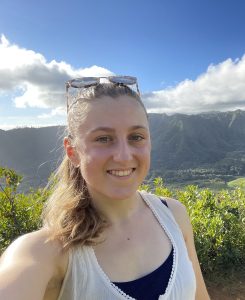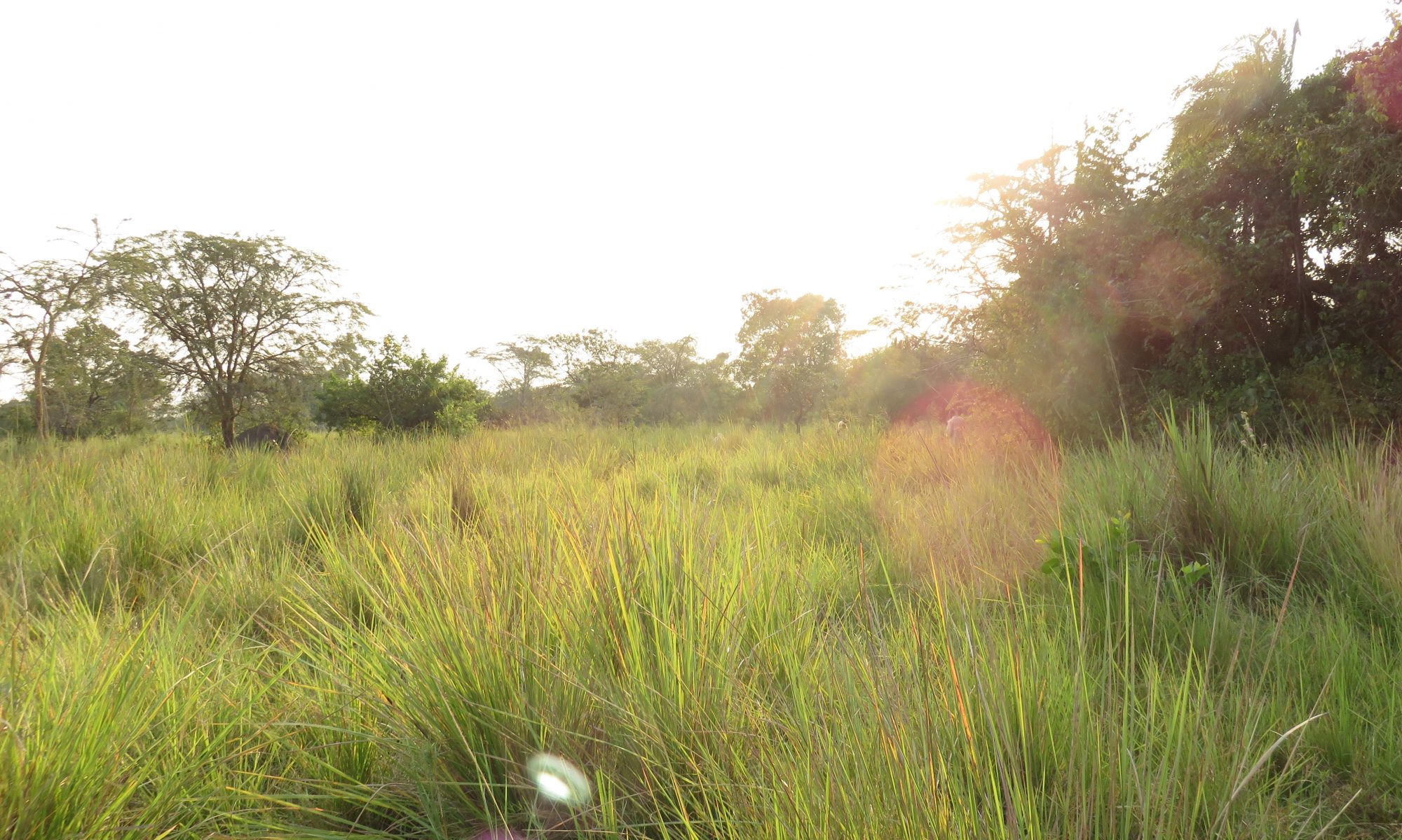 Contact me
Contact me
s.young5@lancaster.ac.uk
Lancaster Environment Centre
Lancaster University
Lancaster, LA1 4YQ
United Kingdom
- Twitter: @jeunesophie
- Google Scholar
- ResearchGate
Interests
My research interests lie in plant ecophysiology, specifically photosynthesis. My PhD research investigates photosynthetic diversity in Euphorbiaceae in order to understand why C4 photosynthesis is so rare in trees. Despite over 60 independent origins, C4 has only been found in one group of true trees, which are Hawaiian endemics in Euphorbia. I am investigating the physiology, ecology and biogeography of these trees and their relatives in Euphorbiaceae in order to understand how the C4 trees evolved, and why they are so rare.
This work is in partnership with collaborators at the Chinese Academy of Sciences campus at the South China Botanical Garden in Guangzhou, which houses a collection of trees in Euphorbiaceae.
Publications
Sophie N R Young, Marjorie R Lundgren, C4 photosynthesis in Paulownia? A case of inaccurate citations, Plants, People, Planet, 1 December 2022 (Link)
Sophie N R Young, Luke T Dunning, Hui Lui, Carly J Stevens, Marjorie R Lundgren, C4 trees have broader niches than their close C3 relatives, Journal of Experimental Botany, 16 March 2022 (Link)
Jessica Royles, Sophie N R Young, Howard Griffiths, Stable isotope signals provide seasonal climatic markers for moss functional groups, Proceedings of the Royal Society B, Volume 289, Issue 1967, 19 January 2022 (Link)
Sophie N R Young, Lawren Sack, Margaret J Sporck-Koehler, Marjorie R Lundgren, Why is C4 photosynthesis so rare in trees?, Journal of Experimental Botany, Volume 71, Issue 16, 6 August 2020, Pages 4629–4638, (Link)
Sophie N R Young, The fab C4, The Biologist, 5 June 2020 (Link)
Background
2019-Present: Lancaster University- PhD in Plant Science
-
-
- Thesis title: Why does C4 photosynthesis rarely evolve in trees?
- Funded by NERC Envision DTP
- Supervised by Dr Marjorie Lundgren and Professor Carly Stevens
-
2018-2019: University of Cambridge- Research Assistant
I worked on a variety of projects including:
-
-
- Moss ecophysiology: looking at the patterns of photosynthetic activity in mosses under different drying regimes, and how that affected their accumulation of soluble carbohydrates – find out more here
- Maize canopy light fluctuations: developing a field set-up for monitoring how light levels in the maize canopy fluctuate during the day and how this relates to the weather conditions in the field.
- Chlamydomonas reinhardtii EPYC1: looking at the origins of EPYC1, an important protein in the algal pyrenoid, and how it interacts with Rubisco.
-
2015-2018: Pembroke College, University of Cambridge- BA (Hons) in Natural Sciences, 2:1
